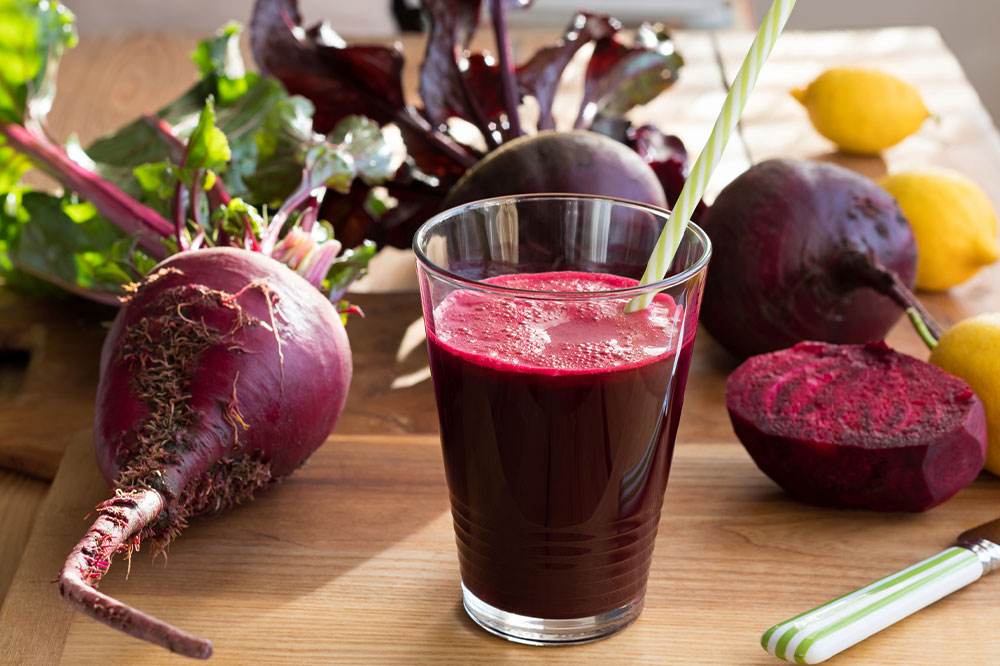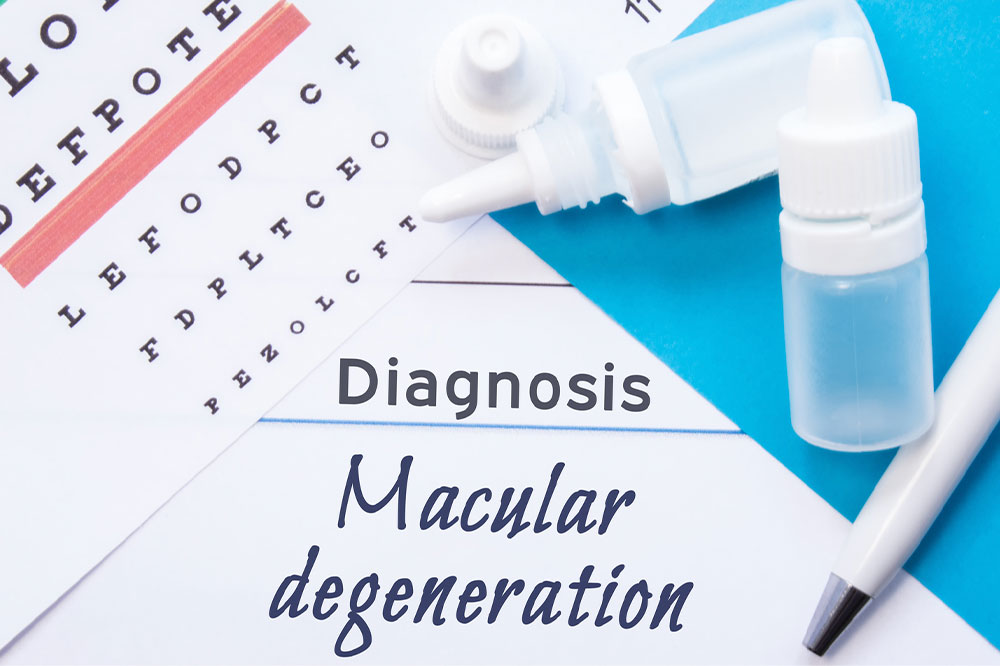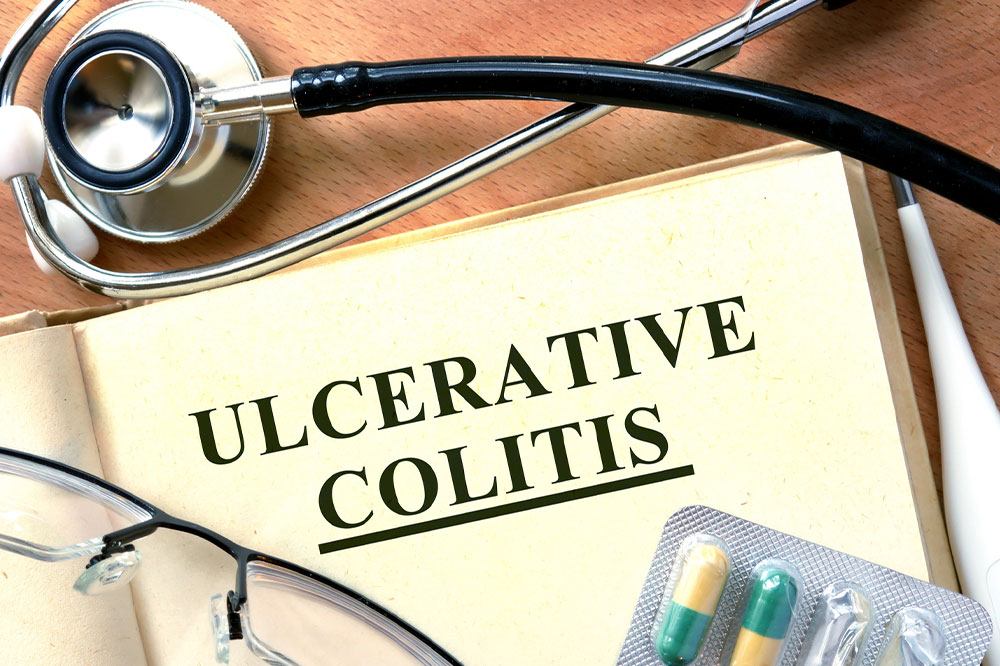5 Best Foods for Managing Pulmonary Fibrosis

For individuals diagnosed with pulmonary fibrosis, managing their meal plans can be crucial in maintaining their overall health. The foods they consume can significantly impact their respiratory function and quality of life. Fruits, vegetables, and optimal hydration are necessary to keep pulmonary fibrosis in check. The right dietary choices can help reduce inflammation, improve lung function, and alleviate symptoms. Therefore, this article will explore foods that can help manage pulmonary fibrosis and maintain optimal health.
What is Pulmonary Fibrosis?
Pulmonary fibrosis is a lung disease that causes the development of fibrous, scar-like tissue in the lungs, making it harder for the lungs to work correctly. Over time, this scarring can become widespread, causing the lungs to lose their ability to expand and contract effectively, leading to reduced blood oxygenation.
Cystic fibrosis is a similar condition but develops in people since birth, thickening mucus in the lungs and making breathing difficult.
The most common symptoms of pulmonary fibrosis are:
- coughing
- shortness of breath
- fatigue
- chest pain
- a dry cough and
- losing weight unintentionally
The progression of the disease varies from person to person, and in some cases, the symptoms can develop rapidly, leading to acute respiratory distress (fluid build-up in the lungs).
Causes and treatments for Pulmonary Fibrosis
The causes of pulmonary fibrosis are not fully understood, but several factors have been identified as potential triggers. These include:
- exposure to environmental toxins such as silica and asbestos
- certain prescriptions
- autoimmune disorders
- genetics
While there is currently no permanent cure for pulmonary fibrosis, treatments are available to manage symptoms and slow down the progression of the disease. Moreover, cystic fibrosis medical treatment involves a range of interventions to manage symptoms and slow the condition’s progression.
These treatments include:
- Prescriptions such as immunosuppressants and antifibrotic drugs reduce lung inflammation and slow scarring.
- Oxygen therapy may also be necessary to improve breathing and reduce the risk of complications.
- Pulmonary rehabilitation, which involves exercise and breathing techniques, can improve lung function and reduce shortness of breath.
Nutritional support is essential, as malnutrition can exacerbate cystic and pulmonary fibrosis symptoms. Early detection and treatment of cystic fibrosis can help slow its progression and improve the quality of life.
Foods to manage Pulmonary fibrosis
Clinical procedures, over-the-counter prescriptions, and cystic fibrosis medical treatments may help improve the symptoms. However, certain foods can benefit individuals with pulmonary fibrosis. These foods can help to reduce inflammation, improve lung function, and alleviate symptoms. Here are some examples:
Antioxidants
Foods rich in antioxidants can benefit individuals with pulmonary fibrosis as they help reduce inflammation. Chronic inflammation is a significant factor in developing and progressing pulmonary fibrosis. In addition, antioxidants neutralize free radicals (unstable molecules that damage cells and cause inflammation) to improve lung function.
Berries, green leafy vegetables, nuts, seeds, and dark chocolate are some of the most antioxidant-rich foods. Incorporating these foods into meals can be an easy and delicious way to support lung health and reduce inflammation. However, a balanced meal plan that includes a variety of nutrient-rich foods is the best approach for overall health.
Omega-3 fatty acids
Omega-3 fatty acids are a form of healthy fat that can benefit individuals with pulmonary fibrosis. These fatty acids can help reduce inflammation, a significant factor in pulmonary fibrosis.
Rich sources of omega-3 fatty acids are fatty fish such as salmon, mackerel, tuna, walnuts, flaxseeds, and chia seeds. Incorporating these foods into the meal can be an easy way to support lung health and reduce inflammation. However, consuming these foods in moderation is essential. It is because these fatty acids may lead to heart diseases putting more strain on your lungs.
Vitamin D
Foods rich in vitamin D can benefit individuals with pulmonary fibrosis as this vitamin helps support lung health and reduce inflammation. Vitamin D also affects immune function and may help reduce respiratory infection risk.
Vitamin D can be found in fatty fish, egg yolks, and fortified foods (food with added nutrients) such as milk and cereal. Incorporating these foods can be an easy way to support lung health and reduce inflammation.
Whole grains
Whole grains can benefit individuals with pulmonary fibrosis as they are a good source of fiber and help support digestive health. This is important because digestive health impacts respiratory health. Additionally, whole grains have anti-inflammatory properties and can help to reduce inflammation in the body.
Whole grains include varieties of brown rice, brown (whole wheat) bread, quinoa, and oats.
Fruits and vegetables
Fruits and vegetables can be especially beneficial for individuals with pulmonary fibrosis. Fresh fruits and vegetables contain essential vitamins, minerals, and antioxidants, which can help to support lung health and reduce inflammation in the body. Incorporating colorful fruits and vegetables into meals can be an easy way to provide the body with essential nutrients and support overall health.
Consume tomatoes, bell peppers, green tea, oranges, apples, and berries. However, consuming these foods in moderation and as part of a balanced meal plan is essential.
It is important to note that every individual’s nutritional needs are unique. For example, you must work with a healthcare provider or registered dietitian to develop a personalized nutrition plan. Additionally, it is essential to avoid foods that may worsen symptoms, such as processed foods, sugary drinks, and foods high in saturated and trans fats.
Conclusion
Medical treatment for cystic fibrosis involves medications, pulmonary rehabilitation, and nutritional support. Early detection and management of cystic fibrosis can help slow the progression of pulmonary fibrosis and improve overall health.
Individuals with cystic fibrosis need regular medical check-ups and must work closely with healthcare professionals to monitor symptoms and disease progression. In addition, people with cystic and pulmonary fibrosis can maintain a good quality of life and enjoy better health outcomes with proper treatment and management.






